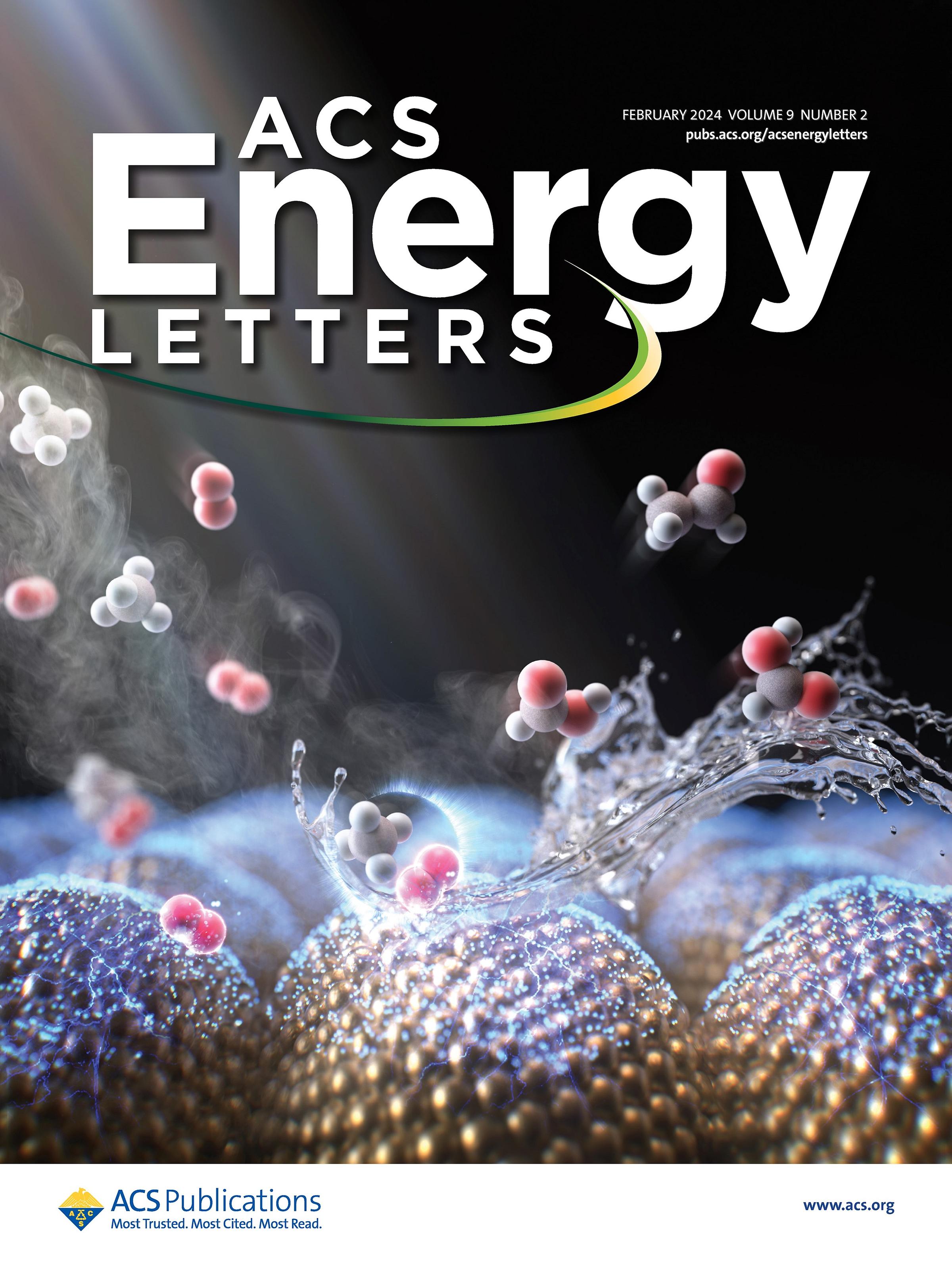- About Ajou
- Admission
- Academics
- Research
-
International
International
- Campus Life
-
News and Event
News and Event
- AUT
Major Research Result
NEW Breakthrough Discovery of Plasmonic Photocatalysts for Turning Greenhouse Gas into Valuable Chemicals
- 2024-09-09
- 186
Surface plasmon excitation of gold nanoparticle photocatalysts drives partial oxidation of methane to formic acid
Aerobic oxidation of methane into oxygenated chemicals is an effective way for converting greenhouse gas into something beneficial. Researchers have now developed a new strategy for highly selective (>97%) production of formic acid from methane, driven by gold (Au) plasmonic nanoparticles as the photocatalyst. It utilized chemical potential by Au-generated charged carriers to drive the reaction in ambient conditions.

Scientists demonstrated preferential production of the oxygenated liquid product, formic acid, by methane oxidation using plasmonic gold nanoparticles.
Picture courtesy: ACS Energy Letters
The increasing number of weather-related disasters, like unexpected heavy rains, droughts, and floods has reinforced the urgent need to mitigate global climate change. Converting greenhouse gases like methane (CH4) into energy-dense and transportable liquids can help reduce their impact on climate change and also lower the burden on the existing fossil fuels for essential chemicals. This will also contribute to a sustainable and resilient future for our future generations.
Photochemical cells with metal plasmonic nanoparticles (NPs) are ideal systems for carrying out aerobic methane oxidation reactions for the production of economically viable chemicals like formic acid, methanol, and formaldehyde. The NPs absorb light through excitation of localized surface plasmon resonance to catalyze reactions without additional thermal or electric input. However, many plasmonic NP-catalyzed CH4 oxidation reactions suffer from the production of another greenhouse gas, carbon dioxide (CO2) as a by-product.
To overcome this, Associate Professor Sungju Yu from Ajou University developed a new strategy for partial oxidation of CH4 that ensures selective production of formic acid suppressing CO2 production at room temperature. “We utilized a quantum mechanical approach to control the spin state of molecular oxygen and reduce the activation energy for methane conversion. This facilitates the formation of bonds between oxygen and methane at room temperature, without the need for any oxidants or harsh conditions,” said Associate Professor Yu, highlighting the significance of their approach. This study was published in the journal ACS Energy Letters on January 23, 2024.
For this study, the team used surface plasmon excitation of Au NPs as the photocatalyst for partial oxidation. The interband transition of Au NPs produces charge carriers like electron (e-) and hole (h+), which interact with the oxygen molecules adsorbed on the surface to produce singlet oxygen (1O2). The 1O2 species significantly lowers the activation energy barrier, driving the highly selective (> 97 %) production of the oxygenated liquid product, HCOOH with a quantum yield of 0.16% while limiting CO2 production to 1%.
“Our research has the potential to drive advancements in sustainable energy by converting methane into valuable liquid oxygenates more accessible. Further, diversifies our energy portfolio and reduces our dependence on fossil fuels. This leads to greater energy security, lower energy costs, and increased access to clean energy for humankind,” mentions Associate Professor Yu, while sharing the impact of the research study.
Reference
Authors: | Thuy Ha Nguyen, Eun Duck Park,* and Sungju Yu* |
Title of original paper: | Plasmon-Driven Selective Methane Oxidation to Formic Acid at Ambient Conditions |
Journal: | ACS Energy Letters |
DOI: | |
Affiliations: | Department of Chemistry and Department of Energy Systems Research, Ajou University, Republic of Korea |
*Corresponding author’s email: sungjuyu@ajou.ac.kr
About Ajou University
Founded in 1973, Ajou University has quickly grown to become one of the top universities in the Republic of Korea. With over 15,000 students and 50 research centers in diverse fields, Ajou University partakes in the largest national research and graduate education project funded by the Korean Ministry of Education. In line with its recently reformed vision, Ajou University’s goal is to change society by connecting minds and carrying out high-impact research to improve the welfare of people in and outside Korea.
Website: https://www.ajou.ac.kr/en/index.do
About Associate Professor Sungju Yu
Sungju Yu is an Associate Professor of Chemistry and Energy Systems Research at Ajou University. Before joining Ajou University, he completed postdoctoral research at the University of Illinois at Urbana-Champaign. He earned his Doctor of Philosophy degree in Chemical Engineering from Seoul National University in the year 2016. His research group focuses on exploring energy-matter interactions at the nanoscale and developing approaches for energy and environmental challenges, including carbon utilization and hydrogen energy.
